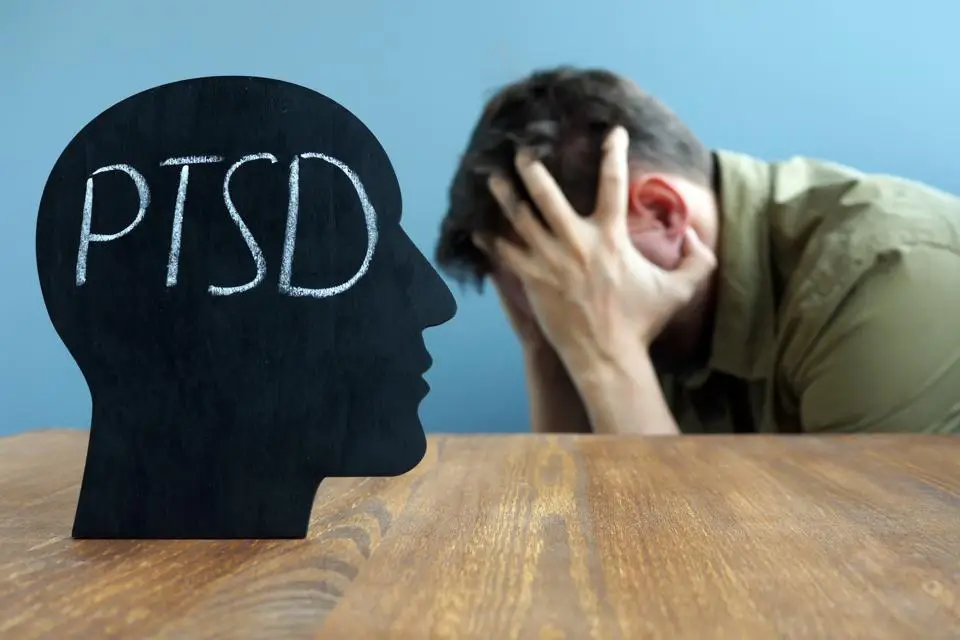There are many situations that can trigger post-traumatic stress disorder or PTSD. For example, if you’re involved in a car accident, or you’re injured in some other way, you’re the victim of abuse or a crime, or you experience a natural disaster, you can develop PTSD.
We also often associate PTSD with being involved in active military combat and surviving terrorist attacks.
PTSD is a serious disorder, and it requires professional diagnosis and treatment, and below is more information about what the symptoms are and also how it can be treated.
An Overview of PTSD
First, what is PTSD?
PTSD is a mental health condition triggered by an event that’s terrifying. You might experience the event first-hand, or you could witness it in other ways.
During a scary or traumatic situation, you will typically feel the effects of your natural fight-or-flight response. This is what helps us respond to real danger. However, you might continue to feel symptoms long after the actual event.
Risk factors for developing PTSD include:
- Exposure to traumatic events
- Childhood trauma
- Getting hurt or seeing others be hurt or killed
- Extreme fear
- No social support after the event
- Dealing with additional stress after the triggering event, such as the loss of a loved one
- A personal or family history of substance use or mental illness
There are also things called resilience factors which are thought to reduce the likelihood of developing PTSD. These can include:
- Having support from family, loved ones, or a support group
- Having a strategy for coping
- Being prepared to respond to difficult or traumatic events even when feeling fear
Symptoms of PTSD
The symptoms of PTSD are often broken into certain categories. The symptoms for most people will start within three months of the triggering event usually but can emerge later. PTSD symptoms must last longer than a month to meet the diagnostic criteria and be severe enough to interfere with daily life.
Some people will recover from their PTSD in six months, while others will deal with symptoms for a year or more.
The categories that PTSD symptoms are broken into include:
- Re-experiencing symptoms: These are flashbacks or symptoms that include reliving the triggering event. This can include physical symptoms of stress, distressing thoughts, or recurring memories or dreams that are associated with the event.
- Avoidance symptoms: This category of symptoms might lead someone to avoid places, objects, or events that remind them of the traumatic experience. It can also mean avoiding feelings or thoughts related to the event. Avoidance symptoms can lead someone to change their daily life and routine.
- Arousal and reactivity symptoms: Symptoms that fall into this category can include problems with concentration, feeling edgy, being easily startled, or having a hard time falling or staying asleep. Engaging in risky behaviors or having aggressive outbursts can also be part of these symptoms.
- Cognition and mood: Symptoms that relate to cognition and mood might include thinking negatively about oneself or the world, problems remembering features of the triggering event, distorted thoughts, or ongoing negative emotions such as guilt or anger.
PTSD that is untreated can lead to complications including problems with drugs or alcohol, eating disorders, co-occurring mental health disorders like anxiety or depression, and suicidal thoughts or actions.
If someone believes they may have PTSD, they should see a medical professional for a diagnosis.
Diagnosing PTSD might include a physical examination and testing to rule out medical problems that could be causing symptoms. Then, if there isn’t an underlying medical problem found, a psychological evaluation will likely be done.
If you’re diagnosed with PTSD, below are some of the available treatment options.
Psychotherapy
Psychotherapy is also called talk therapy, and it’s a form of counseling that research shows can be very effective in treating PTSD.
When you participate in psychotherapy, you work with a professional to identify and then make changes to problematic or disruptive behaviors, thoughts, and emotions.
Psychotherapy usually lasts for six to 12 weeks, but for some people may go on much longer.
There are different types of psychotherapy, and one of the most commonly used treatments for PTSD is cognitive-behavioral therapy. Cognitive-behavioral therapy focuses on making real changes to feelings, thoughts and behaviors that impact functionality.
One particular type of CBT that can be used for PTSD is called exposure therapy. With exposure therapy, a patient learns to gradually manage their fear by being exposed to traumatic situations in a controlled, safe way.
There’s also a type of psychotherapy called cognitive restructuring. With cognitive restructuring, a person learns how to re-evaluate and rethink a traumatic event in a more realistic way.
Medication
Medication can be used on its own or along with psychotherapy as part of a PTSD treatment plan.
The most frequently used type of medicine in the treatment of PTSD is a selective serotonin reuptake inhibitor or SSRI. SSRIs can help with symptoms of PTSD.
Along with medicines for the general symptoms of PTSD, there might be other medications given to target specific symptoms like insomnia.
Lifestyle Changes
If you seek professional help for PTSD, your therapist or care provider will probably also recommend some lifestyle changes that will help.
For example, they might advise you to exercise and get regular physical activity to reduce stress and manage your emotions more effectively. Practicing mindfulness meditation also tends to be very helpful for people with PTSD.
Developing a consistent routine as far as when you wake up and go to sleep, exercise, and eat can help, as can setting goals for yourself.
Someone with PTSD should try to avoid drugs and alcohol as they can make symptoms worse.
You should also expect that treatment for PTSD will be a gradual process. You shouldn’t be too hard on yourself as you go through treatment, and you should realize that it’s going to take time to get where you want to be.
With that being said, PTSD is treatable and that’s the biggest takeaway to keep in mind.








Leave a Reply
You must be logged in to post a comment.